The Gilmore Car Museum, Miles From the Ordinary
America’s Signature Collection
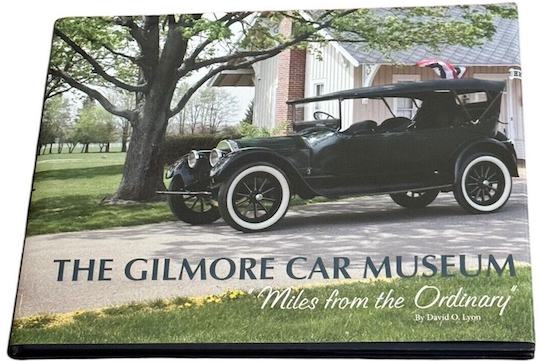 by David O. Lyon
by David O. Lyon
Museums look back as they display artifacts from bygone days but in order to tell of what has gone before, they must look forward too to tell their stories most effectively for they must connect with their visitors while simultaneously attracting new ones to come through their doors. Some museums produce books or programs that celebrate and tell of specific shows mounted for a limited time and others, such as this Gilmore Car Museum that truly is America’s Signature Collection, produces a book telling of the entire collection in all its elements, buildings, and events. All the first three earlier editions of this book telling the story of the Gilmore are completely sold out so the Museum and its book’s author, David O. Lyon, agreed it was time for a revised, expanded, and updated fourth edition.
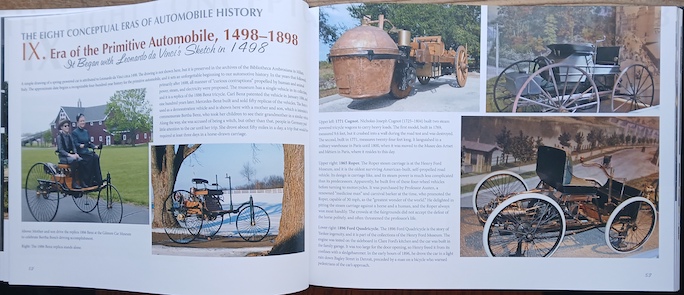
Primitive automobiles, indeed. Far left replica car paying tribute to Bertha Benz’s accomplishment next to the car sitting alone. Facing page, upper left 1771 Cugnot, upper right 1865 Roper, lower right 1896 Ford Quadricycle.
Like the true academician, now emeritus, and careful historian that he is, Lyon reordered and reorganized and wrote new segments for the book to reflect the philosophy and practices being instituted under the new as of 2024 executive director Nick LaCasse.
We had posted information about the third edition and you’ll find that commentary appended beneath this one. At the outset it is important to note that if you acquired a prior edition as a souvenir following a visit to the Gilmore campus (the book is only available at/from the gift shop), no worry. The book you own is fine. But if you are interested in additional historic and cultural interfaces involving the automobile, this fourth edition is worthy of your consideration for it places new emphasis on those aspects as does the Gilmore Museum.

Left a 1929 L-19 Cord, middle 1941 Lincoln Continental with steamlined train in a Jack Juratovic painting, right Chrysler/DeSoto Airflow.
The Gilmore Museum’s goal—and thus that of this book too—is to “help visitors get their arms around the mass of automobile history” from earliest to future, as in what one might anticipate in times to come divided into “Eight Concept Eras of Automobile History.” Chronologically they are: Primitive, 1498 to 1898; Carriages without Horses, 1898 to 1908 with a pause in the sequence to note several pivotal events in that year of 1908. The sequence resumes with Renaissance, 1908–1928; Art Deco, 1928–1948; Space Age, 1948–1968; Reckoning 1968–1998; and lastly Brutalism 1998–2028.
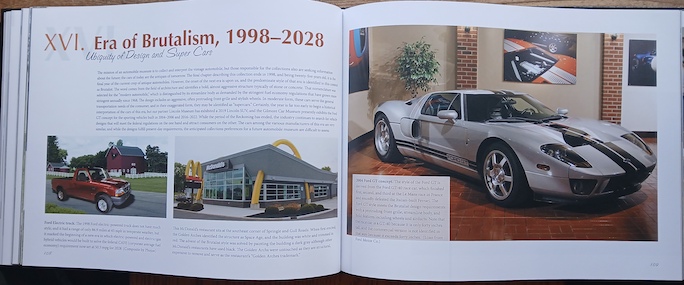
Curious about the title of that chapter? “The word Brutalism comes from the field of architecture and identifies a bold, almost aggressive structure typically of stone or concrete.” When applied to an automobile, “the design includes an aggressive, often protruding front grille and stylish wheels.”
But the Gilmore, book and campus alike, is about more than just the Gilmore Museum for, as those familiar with the 90-acre campus outside Kalamazoo, Michigan in Hickory Corners know, there are additional structures on the campus such as the restored 1930s-era Shell gas station and the 1941 diner. But then there are the other buildings built and operated by others referred to as partners. “The Classic Car Club of America Museum, (1987), the Pierce-Arrow Museum (2004), Franklin (2010), Model A Ford Foundation, Inc (2012), Lincoln Motorcar Heritage Museum (2014) and the Cadillac LaSalle Club Museum and Research Center (2014) have each built separate museum exhibit facilities.” What’s more, Gilmore “anticipates a groundbreaking for the new Muscle Car Exhibit Hall. The Museum of the Horseless Carriage is in the offing and has a building concept on the drafting table.” All these on one campus easily earn it the descriptor of it being a place like no other and indeed truly “Miles from the Ordinary.”
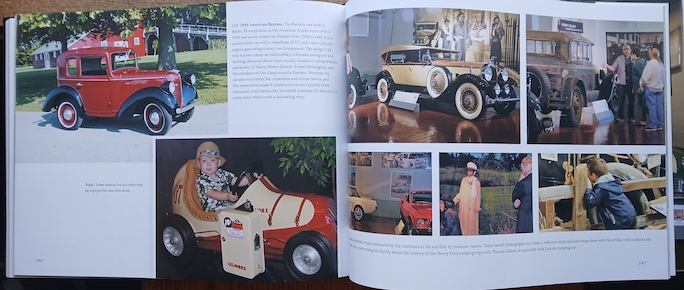
As with any good museum, as many of the objects (cars and trucks in this case) as possible are displayed in context especially of people and judging from museum visitors’ reactions, they identify with the display.
Copyright 2025, Helen V. Hutchings (speedreaders.info).
Miles From the Ordinary, Gilmore Car Museum
America’s Signature Collection
by David O. Lyon
The Donning Company Publishers, 2024, 4th edition
—exclusively sold in the Gilmore Museum gift shop in person or online
173 pages, 341 b/w & color illustrations, hardcover
List Price: $49.95
ISBN 13: 978 1 68184 271 4
REVIEW OF THE 3rd EDITION (2014)
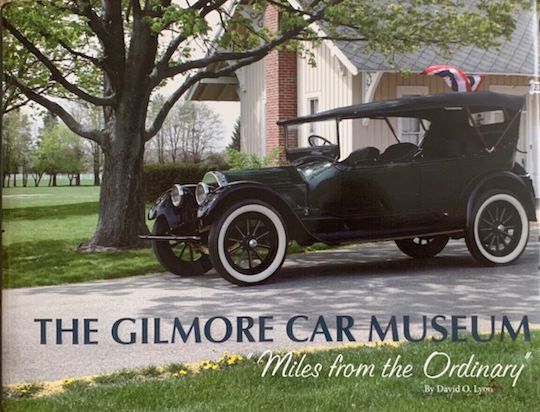 The Gilmore Car Museum opened in 1966 and has evolved and grown substantially since. Today a visit to its 90-acre campus located 16-miles northeast of Kalamazoo, Michigan on the eastern outskirts of Hickory Corners requires more than a single day to view what has become a “coalition of car museums.” And lest anyone not be familiar with what comprises this “coalition,” today the Gilmore complex includes museums of the original Gilmore family as well as those of the Lincoln Motor Car Foundation, Cadillac-LaSalle Club Museum, Pierce-Arrow Foundation, Franklin Club, Ford Model A Ford Foundation and more.
The Gilmore Car Museum opened in 1966 and has evolved and grown substantially since. Today a visit to its 90-acre campus located 16-miles northeast of Kalamazoo, Michigan on the eastern outskirts of Hickory Corners requires more than a single day to view what has become a “coalition of car museums.” And lest anyone not be familiar with what comprises this “coalition,” today the Gilmore complex includes museums of the original Gilmore family as well as those of the Lincoln Motor Car Foundation, Cadillac-LaSalle Club Museum, Pierce-Arrow Foundation, Franklin Club, Ford Model A Ford Foundation and more.
It’s worthy of noting the inclusion of people in images and text alike, a reflection of the philosophy of Gilmore itself and expressed by author David Lyon in his introduction: “Museums are about culture, history, and heritage.” Thus his book, “does not concentrate on descriptions of mechanical fact, but rather on stories about the people associated with the artifact.”
And some of those stories are true jewels of automotive trivia. One such is the detailed description of the materials and steps required to achieve the Weyman fabric body on a ’28 Stutz; canvas duck, cotton batt and curled horsehair, wadding and rubber pads and a skin of Zapon to achieve the appearance of a vinyl cover!
Another tidbit, nearer to Avanti enthusiasts interests, concerns the Gilmore’s ’50 Studebaker four-door noting that its designer Bob Bourke was at the time in the employ of Raymond Loewy who challenged Bourke to use P-38 airplane styling cues. Author Lyon writes what your reviewer has learned from an exchange of communications with AOAI member David Hagerman may be an apocryphal story that Loewy subsequently “had a propeller on the nose of his own 1950 Studebaker.”
Hagerman heads, since the passing of his wife Laurence Loewy, the Estate of Laurence Loewy. At my request he scoured the files for photos of RL’s personal ’50 Stude and came up with this: “Prop kits were available but, while RL had ‘at least three custom bombers,’ none sported the commercially available prop since RL was so aware of not crossing that fine line between creativity and what might have been construed as industrial “espionage.” “Thus” wrote Hagerman, “Raymond Loewy built a pair of custom bombers, one an elegant town car and one with a Targa-style plexiglass roof. He also kept a standard 4-door in La Cense, his French countryside estate, for use by guests and staff.”
Those details aside, of greatest importance is the service this book provides describing considerations relevant to museum operations—business aspects as well as the philosophical ones that influence and govern business decisions of real museums. Each is, of course, different but the basics, as illustrated and explained in the book are applicable to any—even all—museums, be they automotive, or art, or aerospace, or natural history, or . . .
This is a book that merits not merely having but actually reading with care while you also enjoy the fine photos. The ideas discussed make worthwhile reading for the grey matter to ponder but are presented in such a way that makes exploring the pages most pleasant and enjoyable.
Appendices, no index.
Copyright 2017, Helen V. Hutchings (speedreaders.info).


 RSS Feed - Comments
RSS Feed - Comments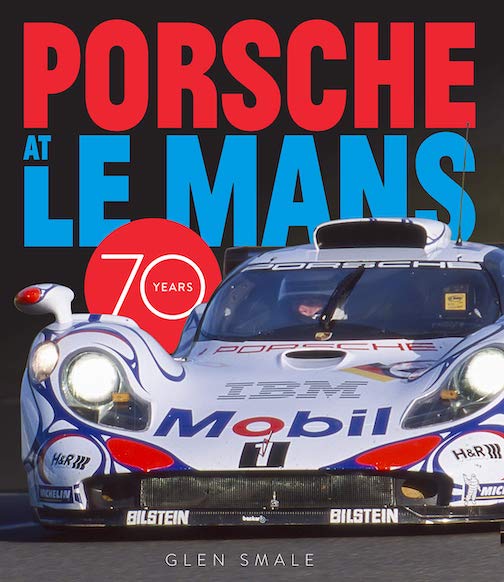


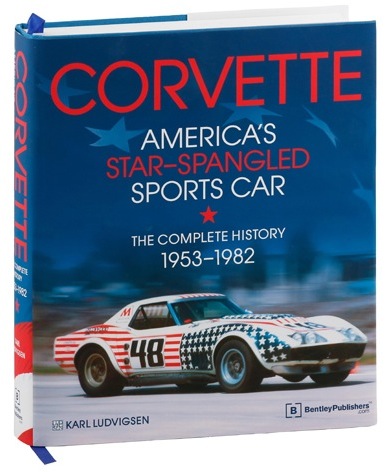
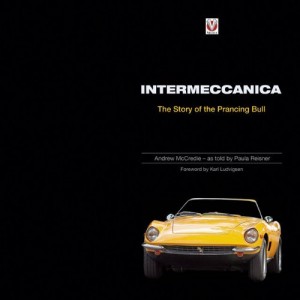

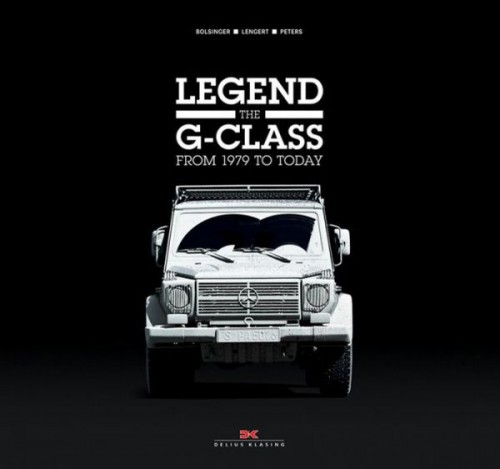


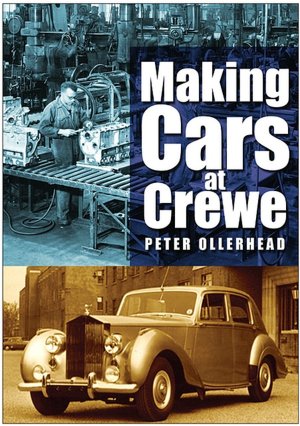
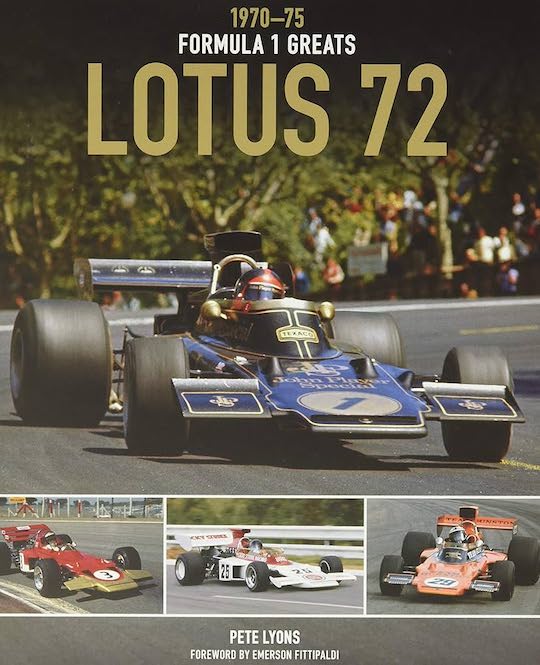
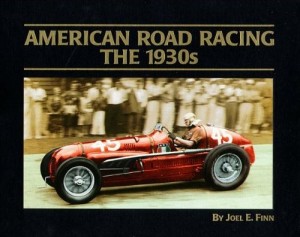
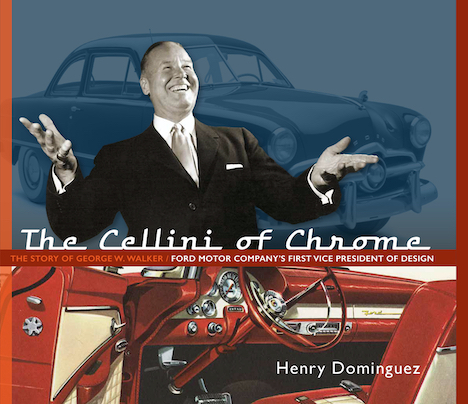


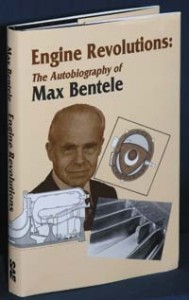
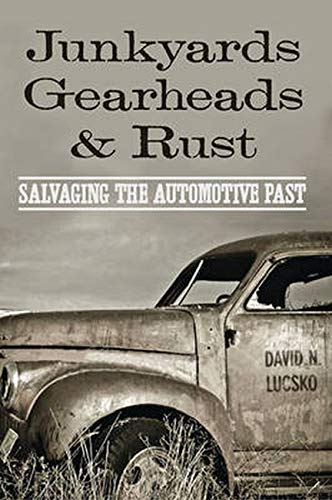
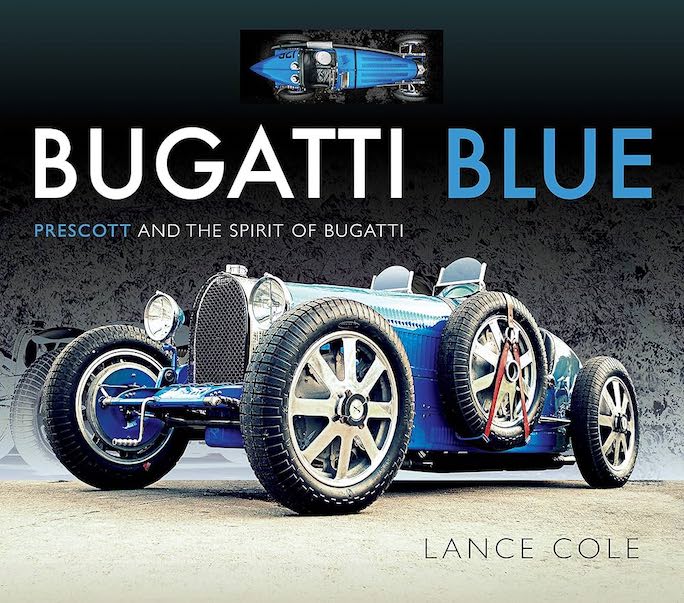

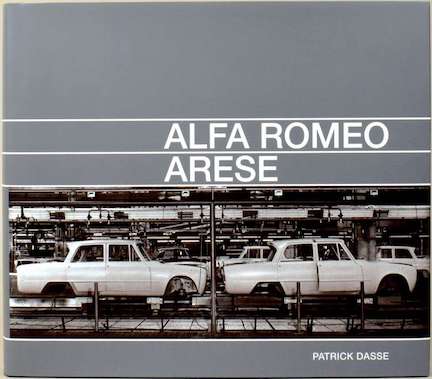
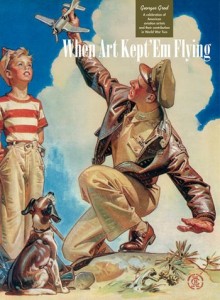

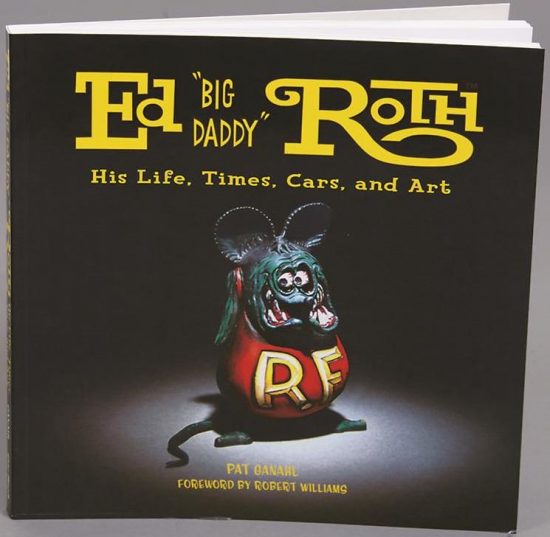
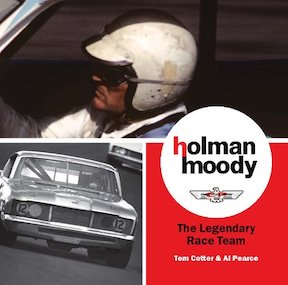

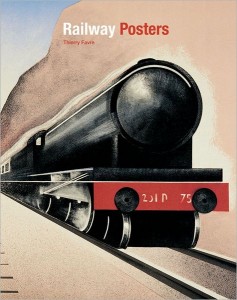

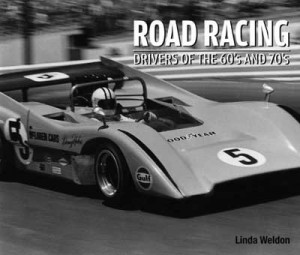
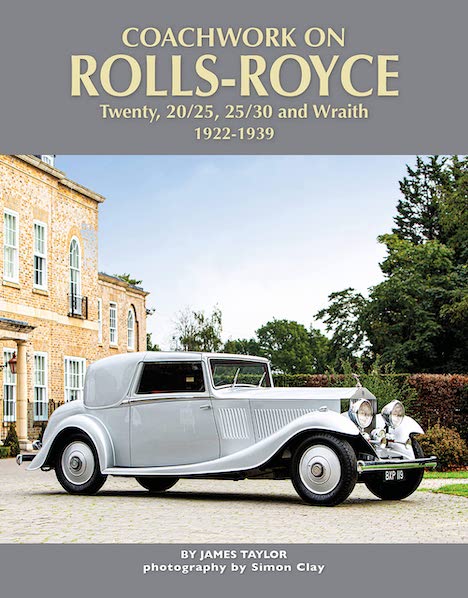

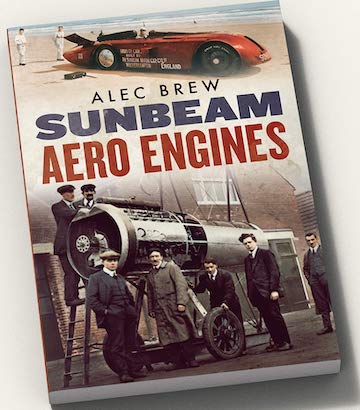

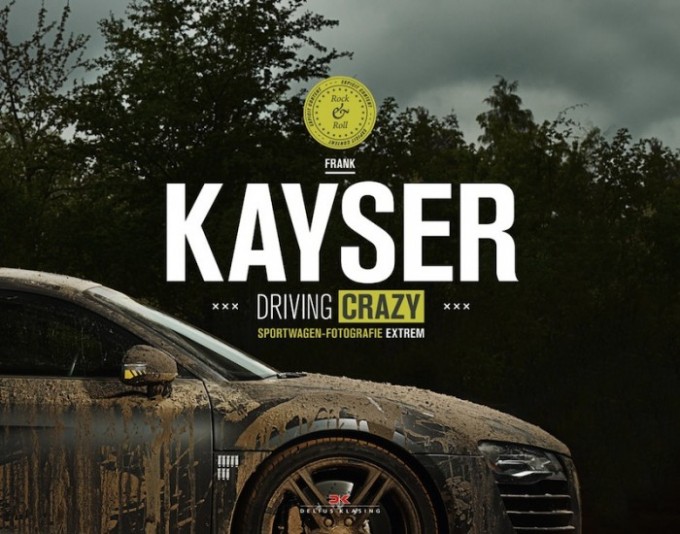
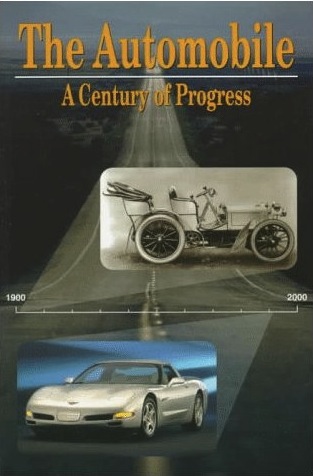
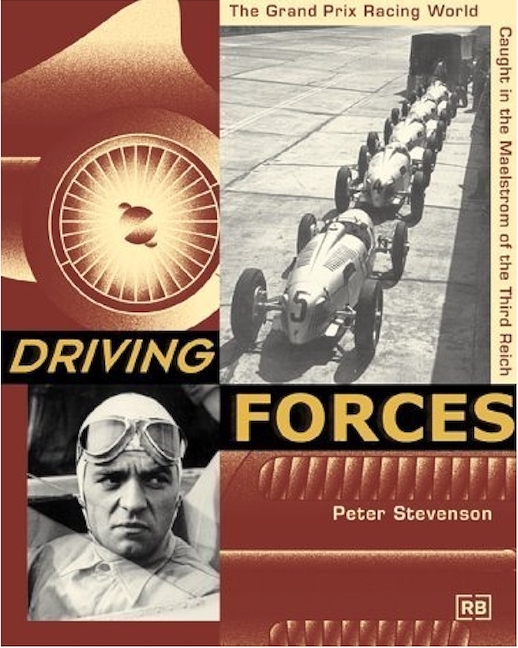

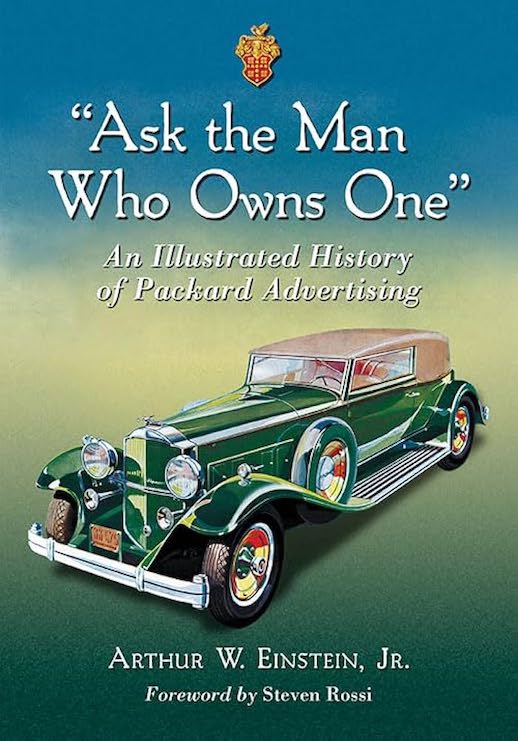

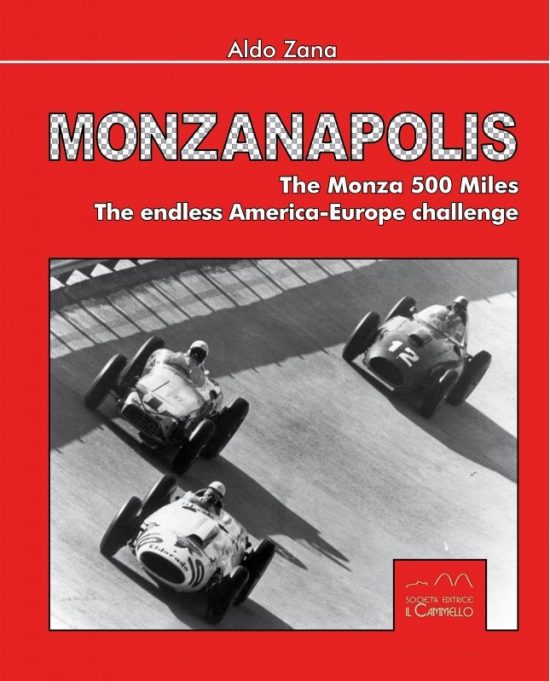
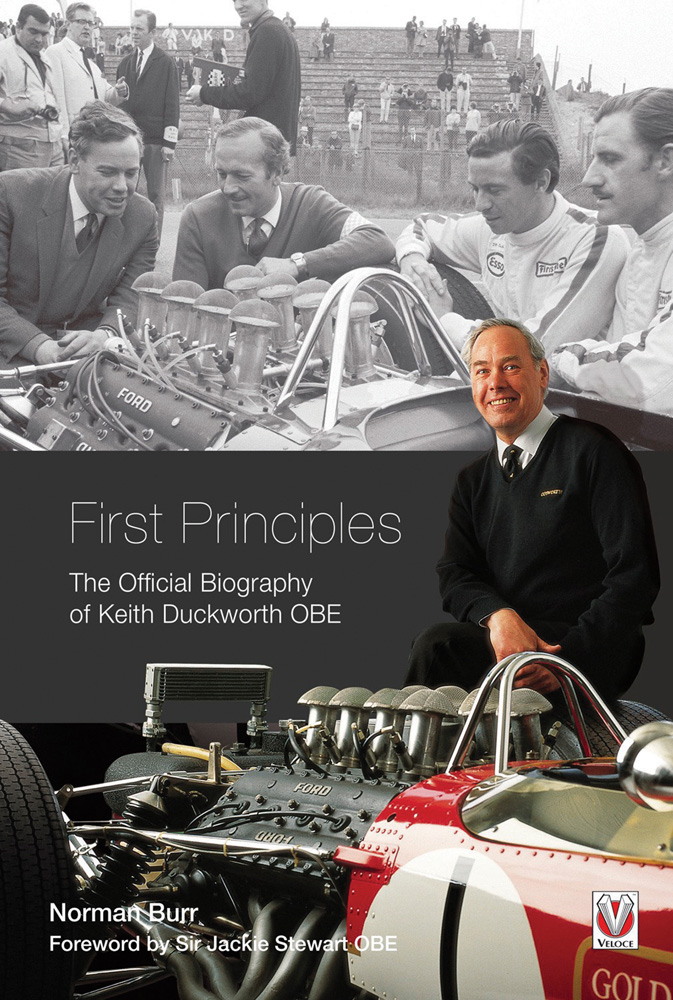




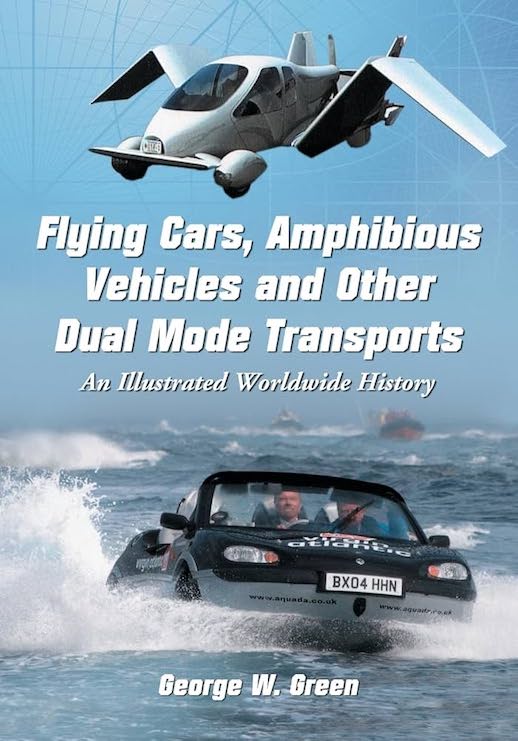
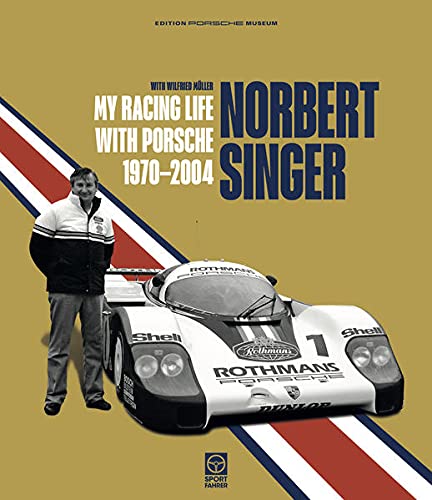


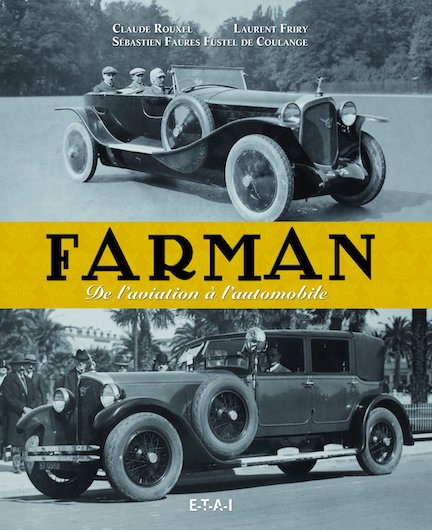
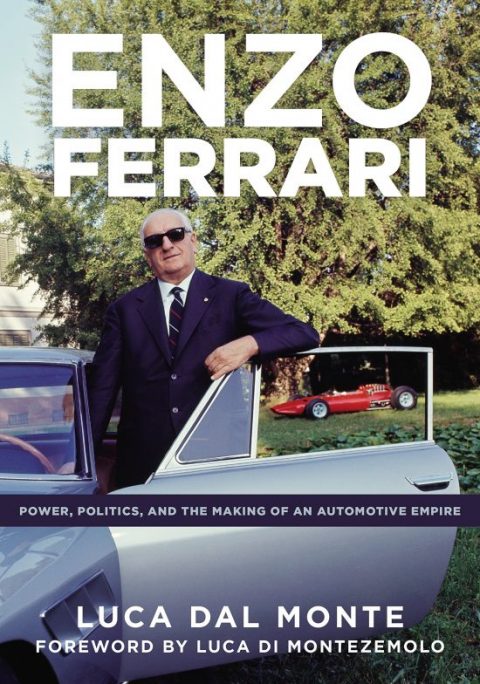
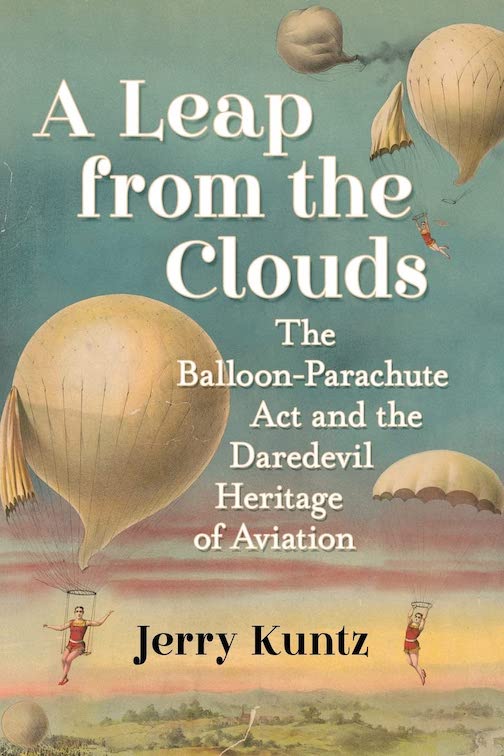
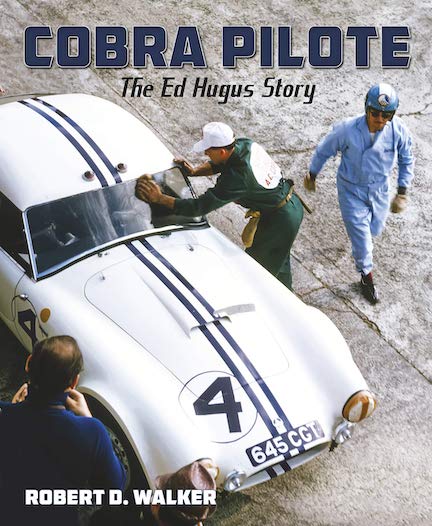



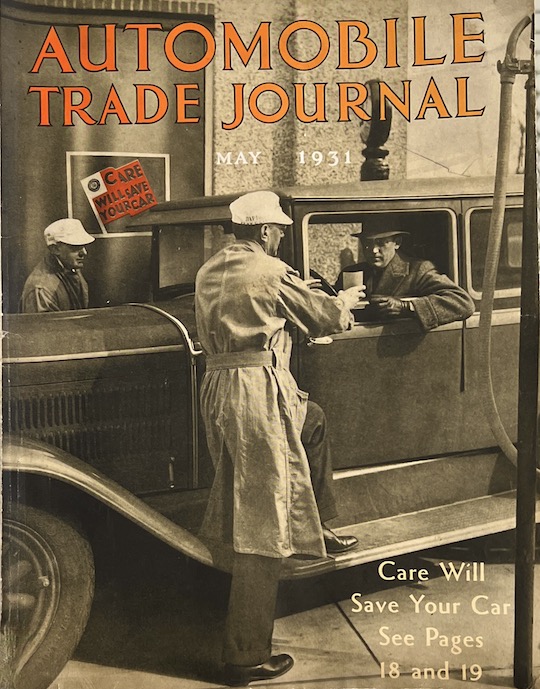
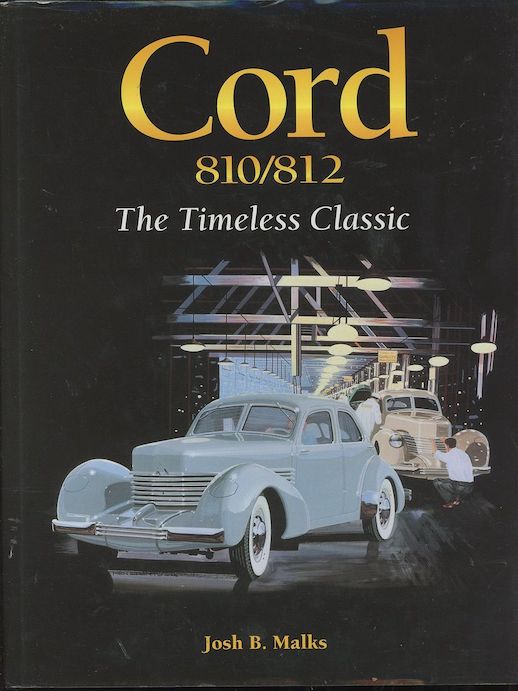

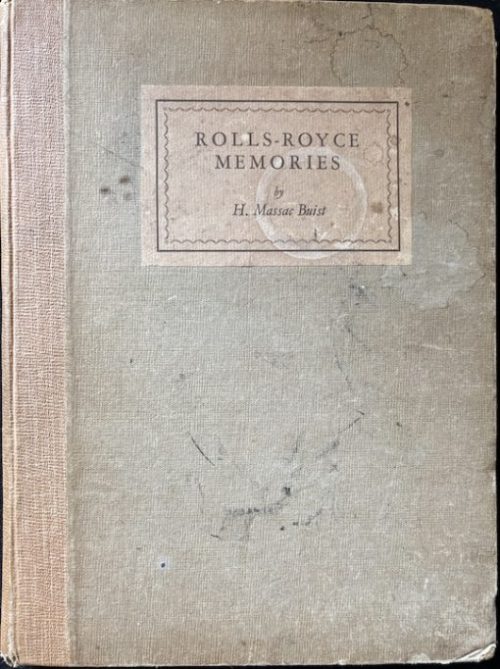




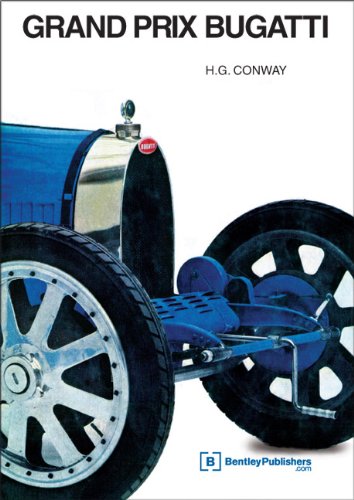

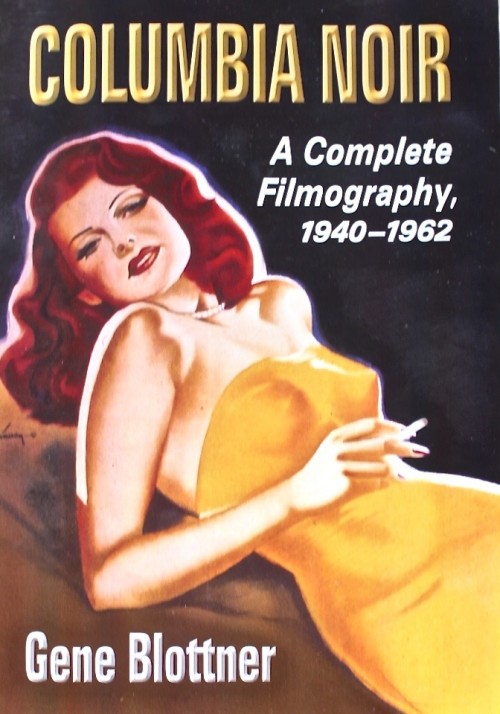
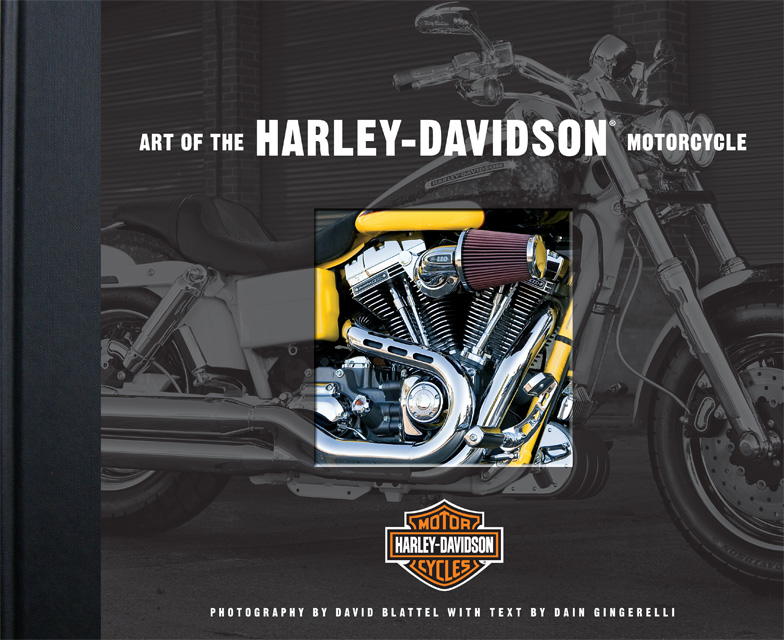
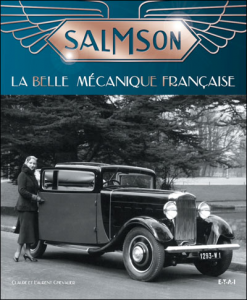
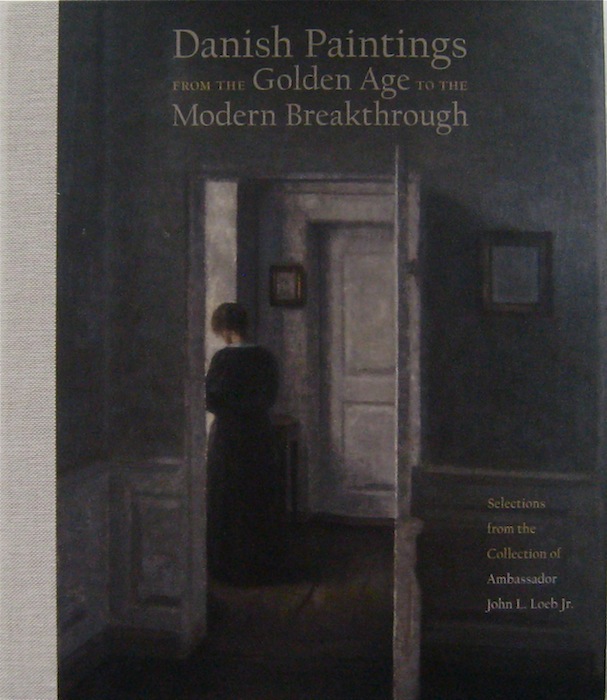
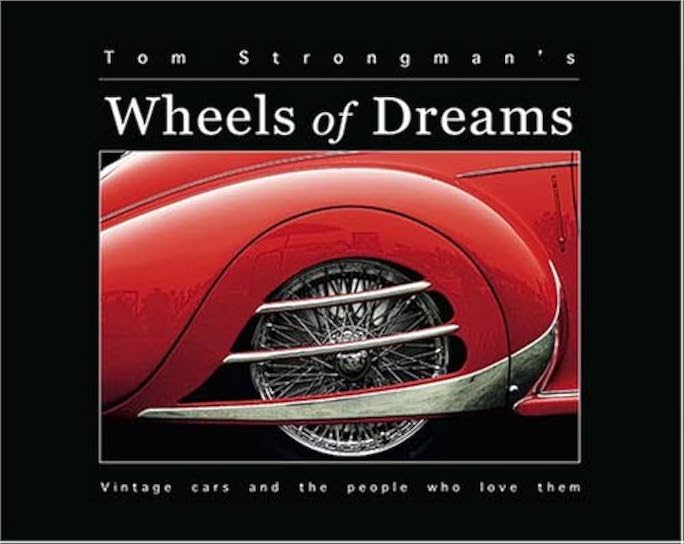

 Phone / Mail / Email
Phone / Mail / Email RSS Feed
RSS Feed Facebook
Facebook Twitter
Twitter